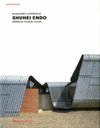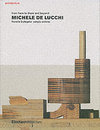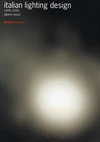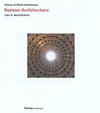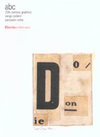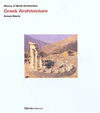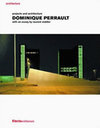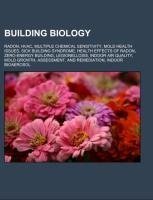
-
 Anglický jazyk
Anglický jazyk
Building biology
Autor: Source: Wikipedia
Source: Wikipedia. Pages: 74. Chapters: Radon, HVAC, Multiple chemical sensitivity, Mold health issues, Sick building syndrome, Health effects of radon, Zero-energy building, Legionellosis, Indoor air quality, Mold growth, assessment, and remediation, Indoor... Viac o knihe
Na objednávku
19.53 €
bežná cena: 21.70 €
O knihe
Source: Wikipedia. Pages: 74. Chapters: Radon, HVAC, Multiple chemical sensitivity, Mold health issues, Sick building syndrome, Health effects of radon, Zero-energy building, Legionellosis, Indoor air quality, Mold growth, assessment, and remediation, Indoor bioaerosol, Indoor air pollution in developing nations, Volatile organic compound, Air purifier, Ventilation, House dust mite, Superinsulation, HEPA, Underfloor air distribution, List of air-filtering soil and plants, BioHome, Metro Central Heights, Stachybotrys chartarum, Aquifer Storage and Recovery, High-ozone shock treatment, Olfactory fatigue, NoVOC, Bake-out, NASA Clean Air Study. Excerpt: Radon ( -don) is a radioactive, colorless, odorless, tasteless noble gas, occurring naturally as the decay product of radium. It is one of the densest substances that remains a gas under normal conditions and is considered to be a health hazard due to its radioactivity. Its most stable isotope, Rn, has a half-life of 3.8 days. Due to its high radioactivity, it has been less well-studied by chemists, but a few compounds are known. Radon is formed as part of the normal radioactive decay chain of uranium. Uranium has been present since the earth was formed and its most common isotope has a very long half-life (4.5 billion years), which is the amount of time required for one-half of uranium to break down. Uranium, radium, and thus radon, will continue to occur for millions of years at about the same concentrations as they do now. Radon is responsible for the majority of the mean public exposure to ionizing radiation. It is often the single largest contributor to an individual's background radiation dose, and is the most variable from location to location. Radon gas from natural sources can accumulate in buildings, especially in confined areas such as attics, and basements. It can also be found in some spring waters and hot springs. Epidemiological evidence shows a clear link between lung cancer and high concentrations of radon, with 21,000 radon-induced U.S. lung cancer deaths per year-second only to cigarette smoking-according to the United States Environmental Protection Agency. Thus in geographic areas where radon is present in heightened concentrations, radon is considered a significant indoor air contaminant. Pb is formed from the decay of Rn. Here is a typical deposition rate of Pb as observed in Japan as a function of time, due to variations in radon concentration.Radon concentration is usually measured in the atmosphere in becquerels per cubic meter (Bq/m), which is an SI derived unit. As a frame of reference, typical domestic exposures are about 100 Bq/m indoor
- Vydavateľstvo: Books LLC, Reference Series
- Rok vydania: 2020
- Formát: Paperback
- Rozmer: 246 x 189 mm
- Jazyk: Anglický jazyk
- ISBN: 9781155884431



